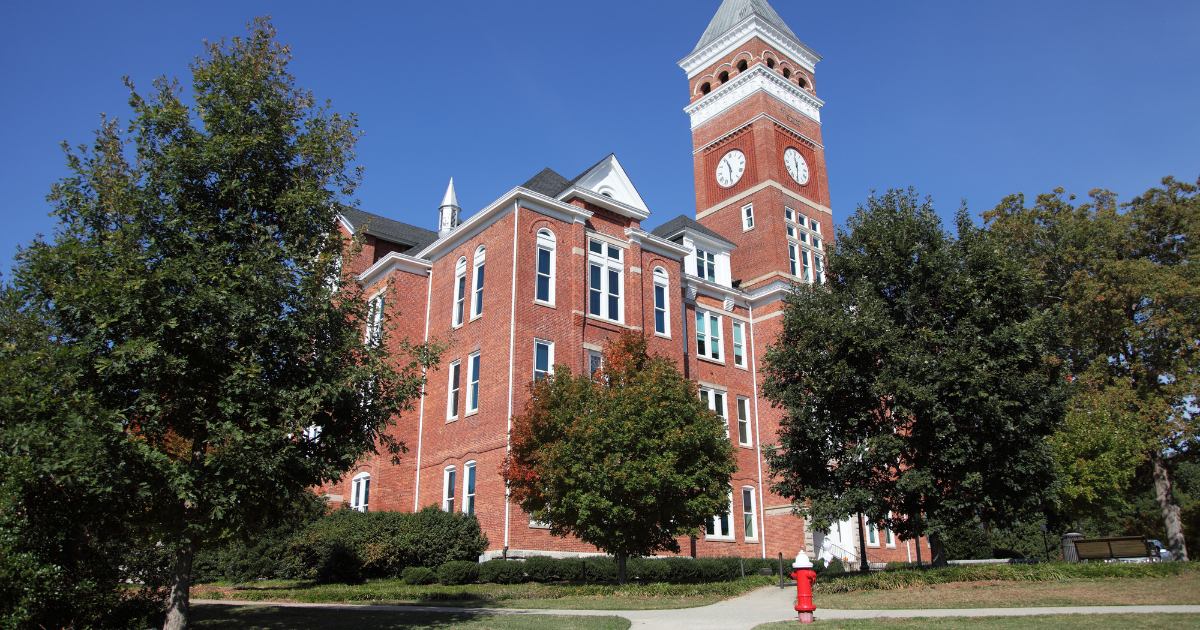
Transit professionals at 5,300+ U.S. universities and colleges are preparing for the return of in-person learning in the fall semester. Many university administrators are relying on new sanitation procedures, vaccine requirements, and hybrid in-person/online instruction to make a college campus feel like, well, a college campus.
However, COVID-19 has changed the definition of the college campus feel for many.
Universities that permitted students to return to campus saw drastic reductions in the use of communal spaces and dining halls. Students preferred to grab a meal to go. In-person study groups that once populated university libraries and quads vanished because of fully remote coursework.
Campus was no longer the place to be—it was the place to pass through.
University administrators recognize that much of higher education’s value, and the success of its students, is tied to the campus experience. Many students see this now, too—47% of 2,000 college students from 108 institutions defined their online educational experience in 2020 as fair or poor.
Reviving the college campus atmosphere
Reviving the college campus feel will take innovation and foresight from every stakeholder—university transit professionals included.
Fortunately, this isn’t merely the pipe dream of a rambling university transit pro. We’re seeing the beginning stages of this approach roll out in Gator Country at the University of Florida (UF).
UF’s Strategic Development Plan sets a path to “identify ways to optimize growth, intensity and density, economic viability, and liveability” for both the university and the city of Gainesville. In addition to revitalizing corridors between the university and surrounding business districts (more on this in a moment), this plan aims for a pedestrian-friendly core campus where students can gather with ease and feel communal pride once more.
One tactic being used is limiting single-occupancy vehicle access to the core campus, which will create a sustainable and multi-use environment for campus events and meet-ups. Students and visitors will be compelled to navigate campus via fixed-route or on-demand campus transit, bikes, electric scooters, or walking. The less time students spend driving their own cars, the more time they will spend using shared transportation services or walking to class with their peers.
When talking about connecting communities or pedestrian-friendly zones, we are ultimately talking about mobility. That’s why UF’s Transportation and Parking Services (TAPS) has a seat at the design table for the Strategic Development Plan. Through being involved in all phases of the development process, TAPS can influence critical first-mile/last-mile choices using its transit expertise while communicating the vision of the plan to the campus community.
Reconnecting university spaces with surrounding communities
Earlier, I mentioned that the Strategic Development Plan included reuniting Gainesville communities with the campus community. This strategy can be a benchmark for the municipality-higher education relationship—a watershed moment where a collective effort by these economic stakeholders to reinvent transportation services can build a new bridge between municipal amenities and university resources.
Belongingness is what attracts and retains students to campus, and that emotional need extends to neighboring communities. When a university is immersed into a municipality, it can spark new opportunities for economic growth. Students and faculty use their expertise and resources to build-up struggling neighborhoods. Local businesses benefit from a pipeline of budding professional talent. Everyone—whether they are a student or not—shares a feeling of community pride.
The Strategic Development Plan addresses community buy-in by listening to community members and recentering Gainesville’s growth in and around downtown, where the university and city meet. Vibrant pedestrian- and bike-friendly corridors will bring foot traffic from campus to green spaces like Tumblin Creek Park. A proposed fixed-route transit system will shuttle students to a generous downtown streetfront filled with tree-lined sidewalks and fewer curb cuts.
The progressive thinking on display in the Strategic Development Plan will shake-up transit in Gainesville. Implementation challenges are to be expected though. Road closures will reshape local traffic and put a strain on commute times to and from campus. Adjusting to bus route changes during a busy semester will be a big ask for students and drivers. Car owners will be frustrated by fewer accessible spaces. Much of TAPS’ work throughout the implementation process will be communicating the long-term benefits of these temporary disruptions.
The question is, will the community want to listen?
In my eyes, it’ll all be worth it. Innovative and collaborative transit planning is how universities can energize students about returning to campus. It will fastrack a collective sensation of normalcy, and we will see academic buildings, dining halls, and recreation centers teeming with student activity.
College will finally feel like college.